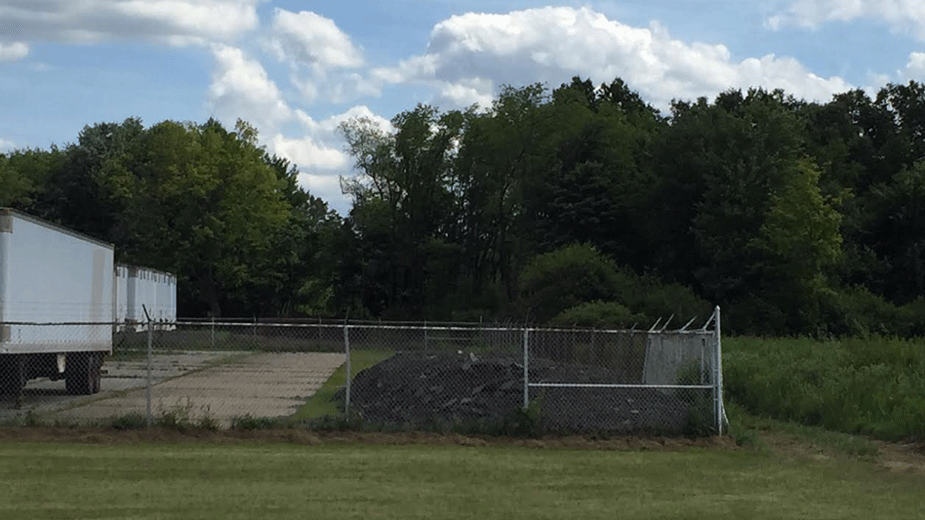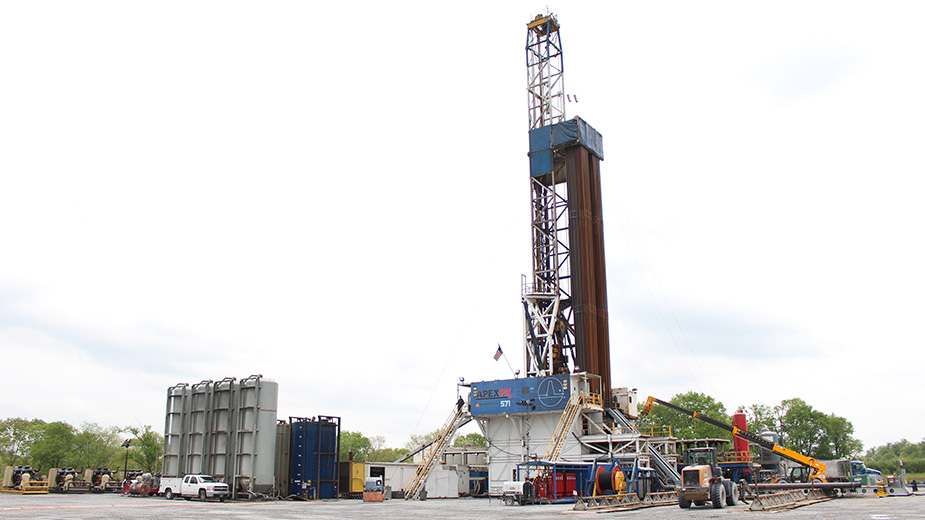Company Eyes New Injection Well For Hubbard Township
YOUNGSTOWN, Ohio – A Canfield-based company has applied for a permit to drill a new wastewater injection well in Trumbull County, according to the Ohio Department of Natural Resources.
Bobcat Hubbard LLC, a subsidiary of Bobcat Energy Resources LLC, which lists its offices as 4137 Boardman-Canfield Road, submitted an application to ODNR July 12 to drill a new injection well just south of Hubbard-Masury Road and east of U.S. Route 62 in Hubbard Township.
When contacted by The Business Journal, Nicholas Paparodis, director of business development for Bobcat Energy, declined to comment on the proposed well at this time.
Injection wells in Ohio are used to store contaminated wastewater generated from oil and gas drilling and hydraulic fracturing operations in the Utica and Marcellus shale plays. Much of this water is contaminated and must either be recycled or disposed of – usually through Class II injection wells.
The prospect of an injection well for Hubbard township does not sit well with many members of the community, said Fred Hanley, township trustee.
“I am diametrically opposed to injection wells,” Hanley said when he was informed of the new well application. “If they were to drill one next to you or me, what would you do?”
Hanley said he is also concerned about the general location of the well site. “Depending on where they put it, this area of the township along Hubbard-Masury Road is honeycombed with abandoned mines,” he noted. Some of these mines date to before the Civil War and are not adequately mapped.
However, he concedes that local government has little power to challenge the development of these wells, since the state of Ohio has jurisdiction over oil and gas issues.
Hanley said this isn’t the first time a company has considered Hubbard as a location for an injection well.
About four years ago, Warren-based Kleese Development Associates filed an application to drill a Class II injection well along Route 62 near the Flying J truck plaza in the township.
“We were very much opposed to it,” Hanley recalled. The state denied the initial application because of egress questions near the truck stop, but it appeared KDA was on its way to resolve those issues.
The well was never developed. Two years ago, Kleese closed operations after contaminants from one of its injection well storage tanks in Vienna Township seeped into a private pond and stream, killing some of the fish.
Injection wells have become a source of contention in the Mahoning Valley since its been determined that some of these wells have triggered earthquakes. In 2011, the Valley was rocked by a series of quakes that were caused by a D&L Energy injection well in Youngstown. The most severe of these came on New Year’s Eve, when a temblor registering 4.0 on the Richter scale swept through the region. That well was abandoned shortly after that quake, and the state placed a moratorium on other wells within a five-mile radius.
Bobcat assumed some of the assets of the now defunct D&L Energy in 2013, which operated several injection wells in the Mahoning Valley.
D&L eventually liquidated its assets and Bobcat took control of two wells, only one of which is in operation. Another well in Coitsville the company acquired is inactive.
The company operates the North Lima disposal well just off state Route 7 in Mahoning County, one of the busiest injection wells in the region. The vast majority of wastewater – 1.183 million barrels – disposed of in Mahoning County was sent to this well in 2017, out of a total 1.2 million barrels injected in the entire county, according to ODNR records. And, the majority of this waste, or about 1 million gallons, was generated from out-of-state drilling operations, records show.
Thus far, there have been no complaints or problems with the North Lima well.
Opponents of injection wells say they pose a threat to the community’s health because of earthquakes, potential contamination of aquifers, and other hazards such as chemical spills.
According to the company’s application, the Hubbard well would target the Knox-Conasauga formations and inject at a depth between 7,800 and 8,700 feet. The well would accept an average of 3,000 barrels of wastewater per day, and a maximum of 6,000 barrels, according to documents filed with the state.
Bobcat’s Hubbard well is the sixth application for a Class II injection well in Trumbull County over a 13-month period.
Last year, Highland Field Services, a division of Pittsburgh-based Seneca Resources, filed applications for five permits for a new injection well development in Brookfield Township.
Two of those permits have been approved, but one has expired, according to ODNR. The other three at the site await approval from ODNR.
Highland is preparing to test its first well at the site, which is just south of Merwin-Chase Road and west of state Route 7 in the township.
Brookfield residents who live near the well site have objected to the development, and Hanley said that the Hubbard trustees have stood in support with the community, given that the two townships are contingent.
“The Hubbard trustees have supported Brookfield all along,” Hanley said.
ODNR spokesman Steve Irwin said that the agency would carefully review the application and ensure that all the necessary information is included, such as how the company proposes to construct the well, and the amount of pressure it intends to use in the injection process.
Once that is complete, the company will advertise a public comment period.
“We review the comments,” Irwin said, and then should a permit be issued to drill, ODNR would monitor closely the construction of the well and make sure there is seismic monitoring at the site. Once all of the conditions are met, then a permit to use would be issued by the oil and gas division chief.
Trumbull County reports a total of 17 active Class II injection wells, Irwin said, and there are 217 active injection wells in Ohio.
Pictured: Site of proposed injection well just south of Hubbard-Masury Road and east of state Route 7/62 in Hubbard Township.
Copyright 2024 The Business Journal, Youngstown, Ohio.


